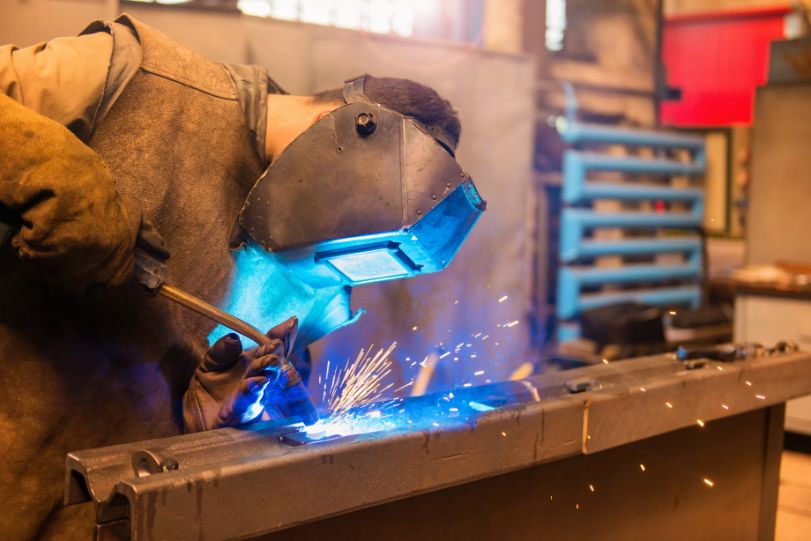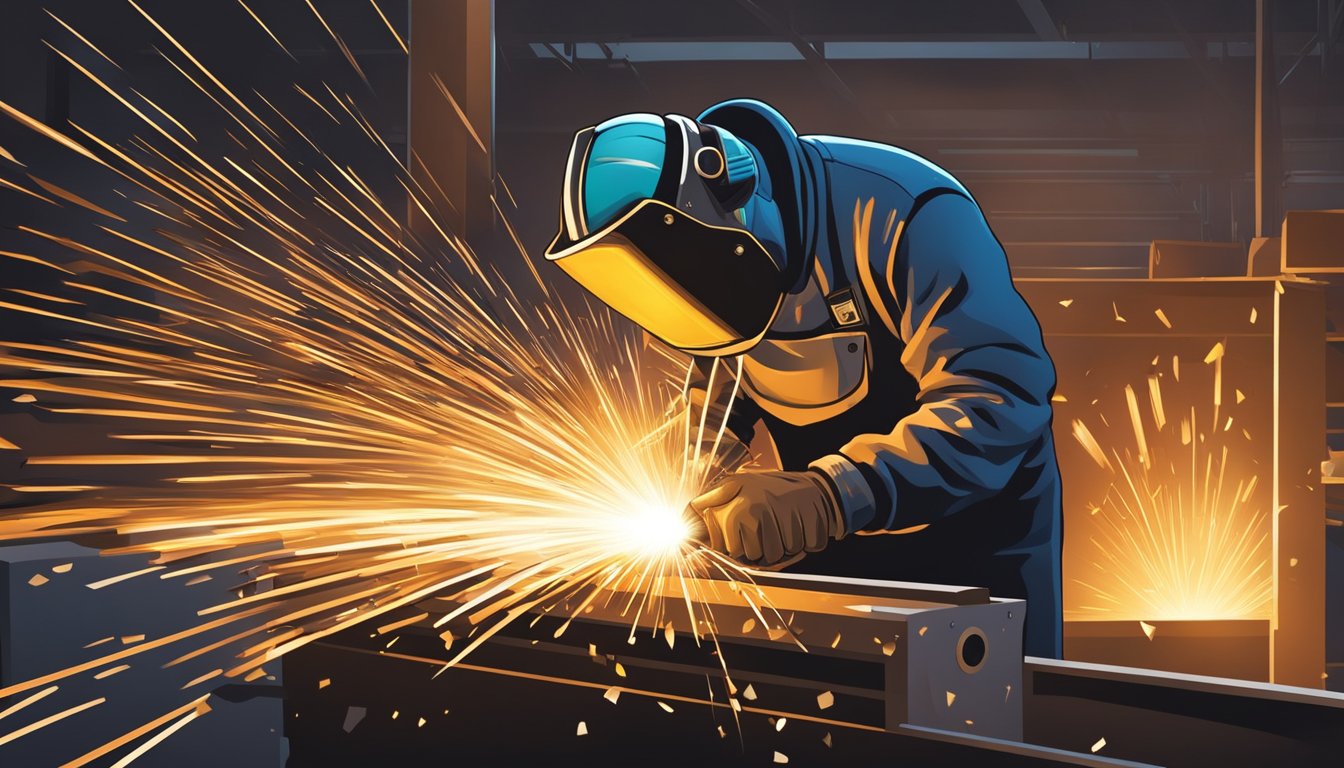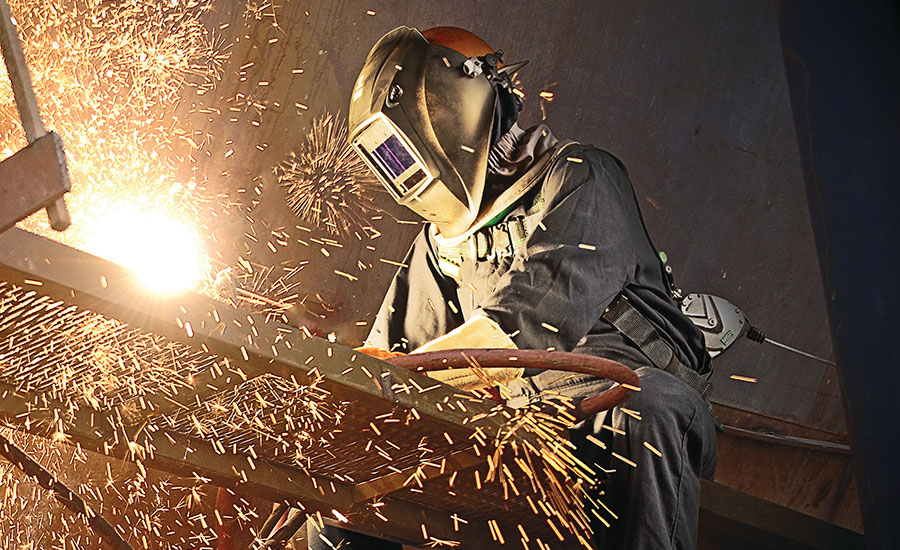The Ultimate Guide to Welding WPS Procedures: A Thorough Introduction for Welders
In the detailed globe of welding, Welding Treatment Requirements (WPS) offer as the backbone of guaranteeing top quality, uniformity, and security in welding procedures (welding WPS). As we dive right into the different components of a WPS and check out the ins and outs of certification and accreditation, we will certainly reveal the essential function these procedures play in the realm of welding.
Relevance of WPS Procedures
Recognizing the value of Welding Treatment Specs (WPS) treatments is vital for ensuring the top quality and honesty of welded structures. WPS procedures function as a roadmap for welders, outlining the essential actions, parameters, and products called for to achieve a sound weld. By adhering to WPS guidelines, welders can ensure consistency in their job, bring about trustworthy and structurally sound welds.
Among the primary reasons WPS procedures are crucial is their role in keeping weld quality and stability. Following the defined welding criteria and techniques outlined in the WPS assists stop problems such as porosity, fracturing, or incomplete combination, which can compromise the stamina and toughness of the weld. In addition, WPS treatments are important for guaranteeing conformity with market standards and codes. By complying with recognized WPS standards, welders can demonstrate that their job fulfills the necessary requirements for safety and security and high quality, offering guarantee to customers, inspectors, and regulative bodies. Fundamentally, the value of WPS treatments can not be overemphasized, as they are fundamental to achieving consistent, high-quality welds that meet market requirements and specifications.

Elements of a WPS
A Welding Treatment Spec (WPS) typically consists of essential components that detail the specific requirements for performing a weld, ensuring uniformity and quality in the welding procedure. The crucial parts of a WPS include crucial variables such as base steels, filler steels, preheat and interpass temperatures, welding processes, securing gases, welding settings, and post-weld warm treatment requirements.
Base steels refer to the materials being signed up with, while filler steels are utilized to fill up the space in between the base metals throughout welding. The welding procedure details the certain method to be used, whether it's gas metal arc welding (GMAW), secured steel arc welding (SMAW), or an additional approach. Welding settings specify the orientations in which welding can be executed.

Certification and Certification
Having actually developed the vital parts of a Welding Treatment Spec (WPS), the focus currently moves towards the crucial facets of credentials and qualification in welding techniques.

Accreditation, on the various other hand, is the official acknowledgment of a welder's certifications by an appropriate certification body or company. Welding qualifications are normally based on the certain welding procedures, products, and settings a welder is certified to collaborate with. Holding a valid welding accreditation shows that a welder satisfies sector standards and is competent to perform welding tasks to the required specs.
Producing a WPS
To develop a Welding Procedure Requirements (WPS) that meets industry criteria, careful factor to consider of welding processes, materials, and functional specifications is vital (welding WPS). The initial step in producing a WPS is to recognize the welding procedure to be utilized, such as gas metal arc welding (GMAW) or shielded steel arc welding (SMAW) Once the welding process is figured out, the following critical facet is selecting the proper products, considering aspects like base metal kind, address density, and joint design. Operational criteria such as welding existing, voltage, traveling rate, and securing gas structure have to additionally be diligently defined in the WPS.

Applying and Keeping An Eye On WPS
Upon settling the thorough Welding Treatment Specification (WPS) that carefully information welding procedures, materials, operational specifications, and quality control measures, the focus moves to properly executing and monitoring the well-known treatments. Implementation includes guaranteeing that all welders entailed in the job recognize with the WPS and click for more info follow it carefully during the welding process. This needs supplying adequate training and guidance to assure adherence to the specified procedures. Keeping track of the WPS involves constant oversight to validate that welding activities straighten with the documented requirements. Evaluations, testing, and high quality control actions are important parts of the monitoring process to identify any kind of discrepancies or concerns quickly. Routine audits and testimonials of the welding procedures assist in maintaining uniformity and quality throughout the job. Efficient implementation and monitoring of the WPS are essential for making sure the stability, strength, and safety of the bonded joints, ultimately adding to the general success of the welding project.
Final Thought
Finally, understanding and complying with Welding Treatment Specs (WPS) is essential for welders to ensure quality, consistency, and safety in their job. By knowing the parts of a WPS, getting correct qualifications and accreditations, creating in-depth treatments, and implementing and monitoring them properly, welders can improve their abilities and proficiency in welding methods. Complying with WPS procedures is important for producing high-quality welds and meeting market requirements.
In the intricate globe of welding, Welding Procedure Requirements (WPS) offer as the backbone of making sure quality, consistency, and security in welding operations. The welding procedure details the particular strategy to be used, whether it's gas metal arc welding (GMAW), secured metal arc welding (SMAW), or an additional technique.To develop a Welding Treatment Requirements (WPS) that meets market criteria, mindful consideration of welding procedures, products, and functional criteria is vital. The initial action in producing a WPS is to determine the welding process to be utilized, such as gas metal arc welding (GMAW) or protected metal arc welding (SMAW)Upon wrapping up the comprehensive Welding Procedure Spec (WPS) that meticulously details welding procedures, materials, functional specifications, and high quality guarantee procedures, the emphasis moves to successfully executing and keeping track of the well established procedures.